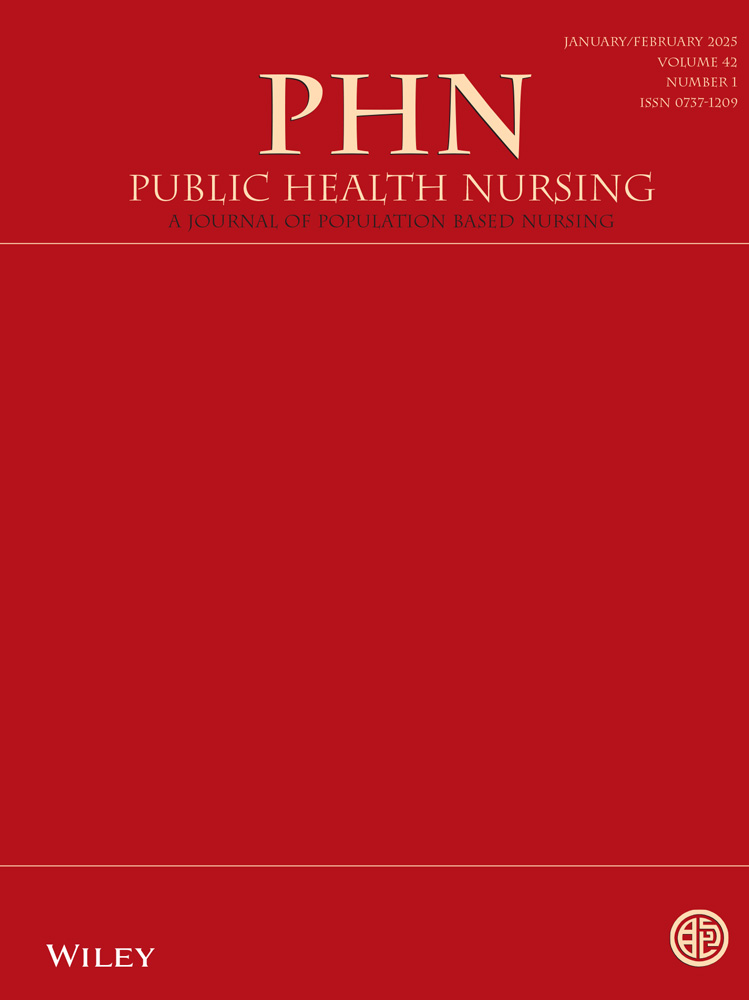Factors Associated With Colorectal Cancer Screening Behaviors Among Urban Populations in China: A Mixed-Methods Study Using the Health Belief Model
Funding: This study was supported by a grant from the China Social Welfare Foundation (20200125).
ABSTRACT
Objective
Adherence to guideline-recommended colorectal cancer screening (CRCS) among average-risk urban populations in China remains significantly suboptimal. This mixed-methods study aimed to investigate screening behaviors and associated factors among average-risk urban populations through a multi-center approach.
Methodology
From February to July 2024, 550 participants were recruited via stratified random sampling in Harbin, China. They completed questionnaires related to health beliefs and knowledge. Additionally, semi-structured interviews were conducted to explore CRCS behaviors, with data analyzed using directed content analysis based on the Health Belief Model (HBM).
Results
Five hundred twenty two participants (95.0%) completed the survey. Identified factors influencing screening behavior among average-risk urban populations included perceived severity of colorectal cancer (CRC), benefits of colon cancer surveillance, barriers to surveillance, and knowledge. Twenty-six individuals were engaged in qualitative interviews. Twenty-four themes were identified and categorized by frequency. Both quantitative and qualitative data suggest that CRCS behavior among urban average-risk populations is suboptimal, and the identified factors can be mapped onto the HBM.
Conclusions
This mixed-methods study demonstrates that key factors influencing screening behavior among urban average-risk populations align with the HBM. These identified factors should be meticulously considered in future systematic interventions to enhance screening behaviors.
Conflicts of Interest
The authors have no conflicts of interest to disclose.
Open Research
Data Availability Statement
The data results of this study can be obtained from the corresponding author as required.




